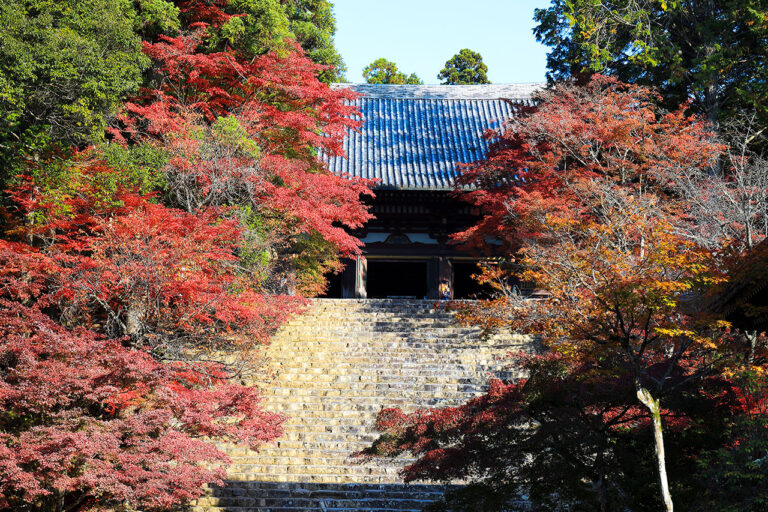
Jingo-ji Temple, a sacred site of Heian Buddhism built halfway up Mt.
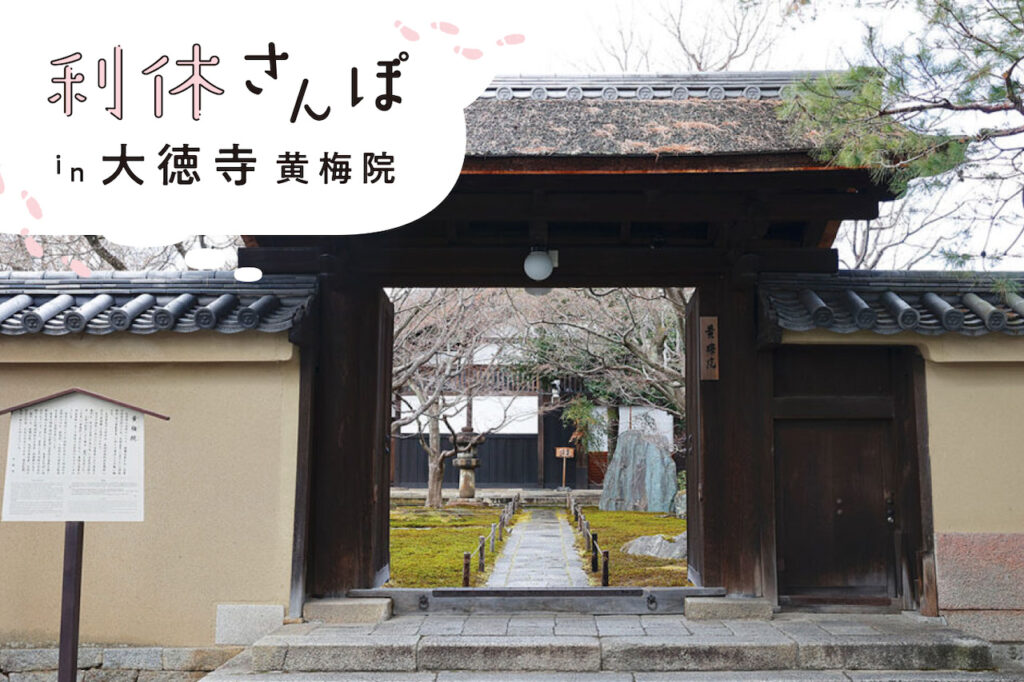

Daitokuji Temple is one of the largest Zen temples in Kyoto and is deeply connected with the tea ceremony. The "Jichichu-tei" garden at Koumei-in, located in the southern part of the temple grounds, is said to have been created by Rikyu.
During the spring special open house, you can view buildings and famous gardens that are normally closed to the public, and Koumei-in is one of the temples open to the public. This Koumei-in Temple is one of the temples open to the public.
This section introduces the charms of Hwangmei-in, which is closely associated with Rikyu.
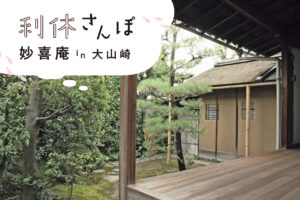
The tour will show you the charm of Myokian, which is famous as the only existing teahouse in Japan that Sen no Rikyu was involved with!
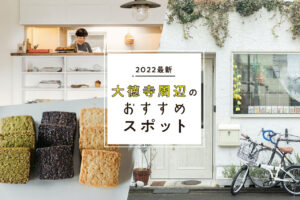
Introducing recommended spots around Daitokuji Temple, a temple associated with Rikyu!
Sen no Rikyu, known as the "tea saint," was born into a merchant family in Sakai in 1522. He inherited "wabicha" (tea ceremony) from Takeno Shaowo, and developed the unique Japanese tea ceremony to a great extent during the Momoyama period. Rikyu was active in politics as a tea master (a profession specializing in serving tea) for Oda Nobunaga and Toyotomi Hideyoshi, who used the tea ceremony at that time. His descendants continue as the Sanzenke, a family of tea masters, and have had a significant influence on the modern tea ceremony.
After being devastated by the Onin War, the temple was rebuilt by Ikkyu Soujun with the help of a wealthy merchant from Sakai. It is said that Murata Jukou, who is regarded as the founder of wabicha, received Zen training under Ikkyu Sojun. Wabicha was passed down from Murata Juko to Takeno Shaowo, a Sakai merchant, and was perfected by Sen no Rikyu, a disciple of Shaowo. Rikyu, who was supported by Nobunaga and Hideyoshi, was a rare tea master who had many disciples, and his descendants, the Sanzenke (Omotesenke, Urasenke, and Mushanokoji Senke), continue to transmit the culture of wabicha today. Take a walk in the spacious precincts of the temple, imagining that Rikyu might have walked in this area.
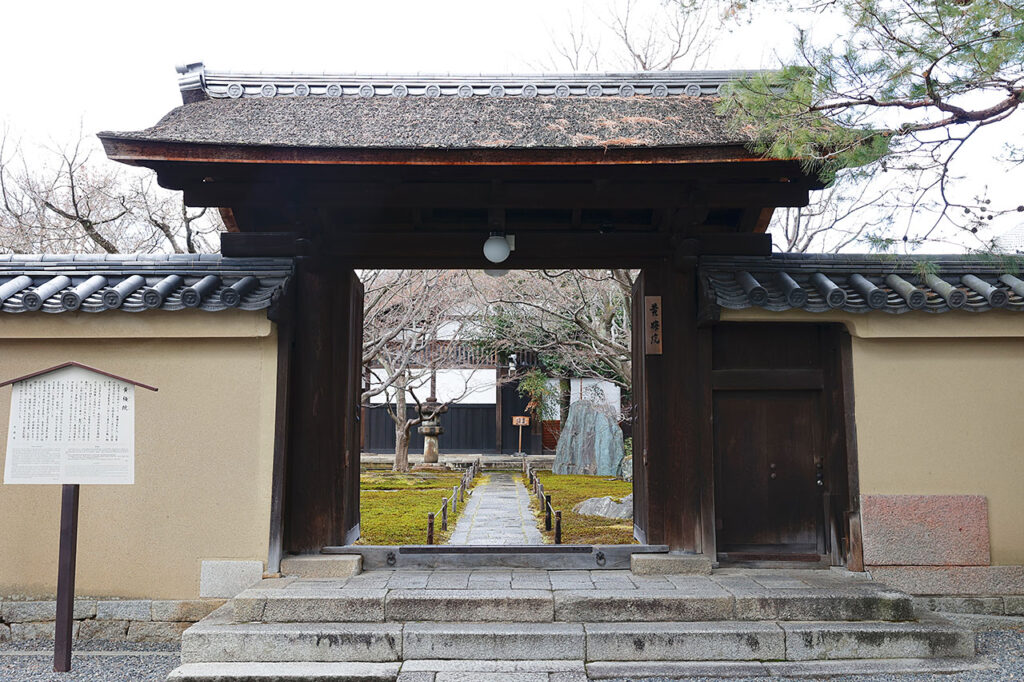
Hwangmei-in Temple has a strong connection with the feudal lords of the Warring States period.

The predecessor of this temple was Koumeian, which was built by Oda Nobunaga in 1562 to hold a memorial service for his father, Nobuhide. After Nobunaga was killed in the Honnoji Incident, the temple was enlarged by Toyotomi Hideyoshi and rebuilt by Kobayakawa Takakage, and renamed Koumei-in Temple in 1589. The highlight of Koumei-in Temple is the "Jikichu-tei" garden, which is said to have been created by Sen no Rikyu. In the moss-filled karesansui (dry landscape) garden, there is a pond in the shape of a gourd, which Toyotomi Hideyoshi desired, and on the left side of the pond, you can see a Korean lantern brought back by Kato Kiyomasa. What you feel when you face the space that stretches to the south of the Shoin is what you really feel now. I would like to savor the time to face my honest heart in the "Naochu-no-niwa.
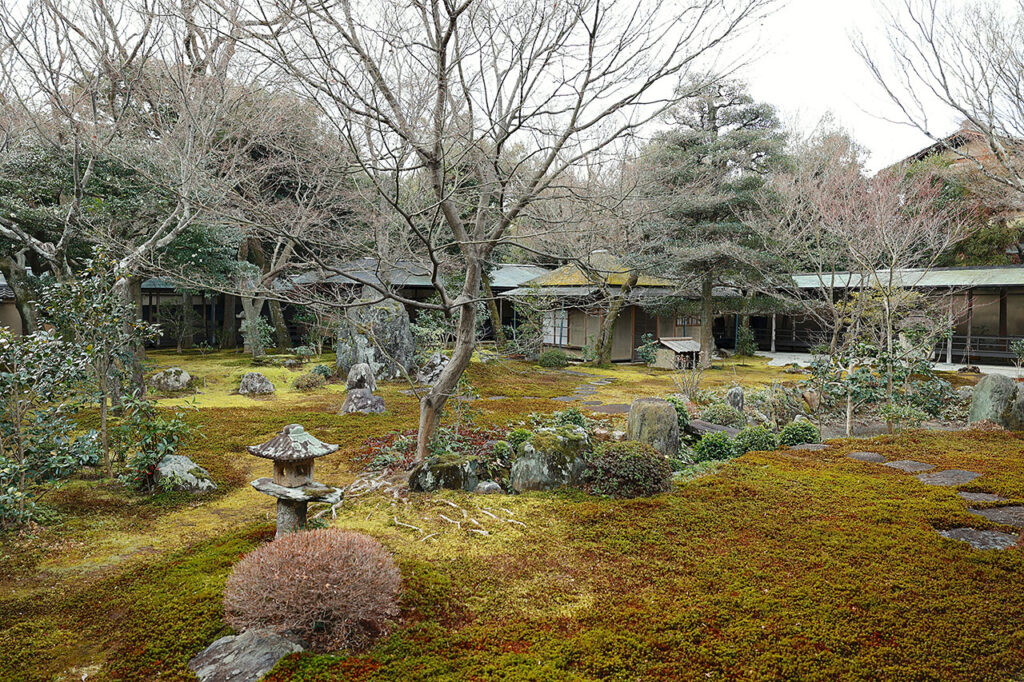
The "Naochu-no-niwa" garden is said to have been created by Sen no Rikyu.

In addition to the "Shoku-chu-no-niwa," there is also a reproduction of a wall painting by Ungoku Togan, a representative painter of the Momoyama period and an official painter of the Mori family; a ha-totei garden composed of Shirakawa sand and moss; a kuri, the oldest Zen temple in Japan, which functions as a kitchen; and sophisticated architecture and art. The temple's abbot, Kobayashi Taikenji, is known as an excellent calligrapher, and his calligraphy can be seen throughout the temple halls. Don't forget to bring your own red seal book, as the seals are also written by Kobayashi Taikenji. (In his absence, a red seal is left on the table.)
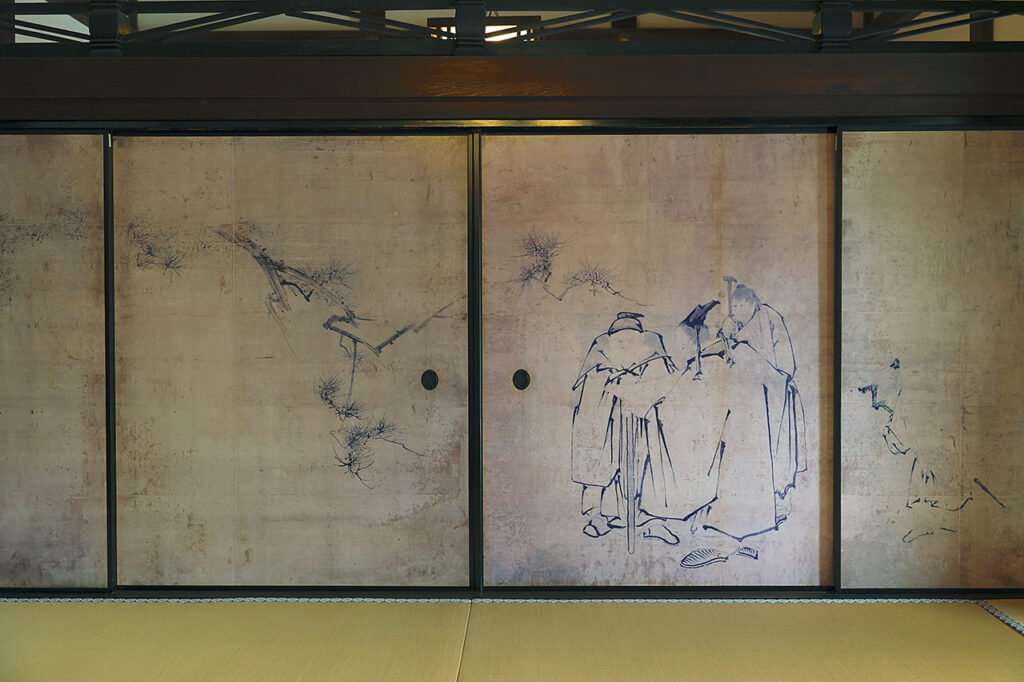
Barrier paintings by Unya Togao, a Japanese painter of the Momoyama period.

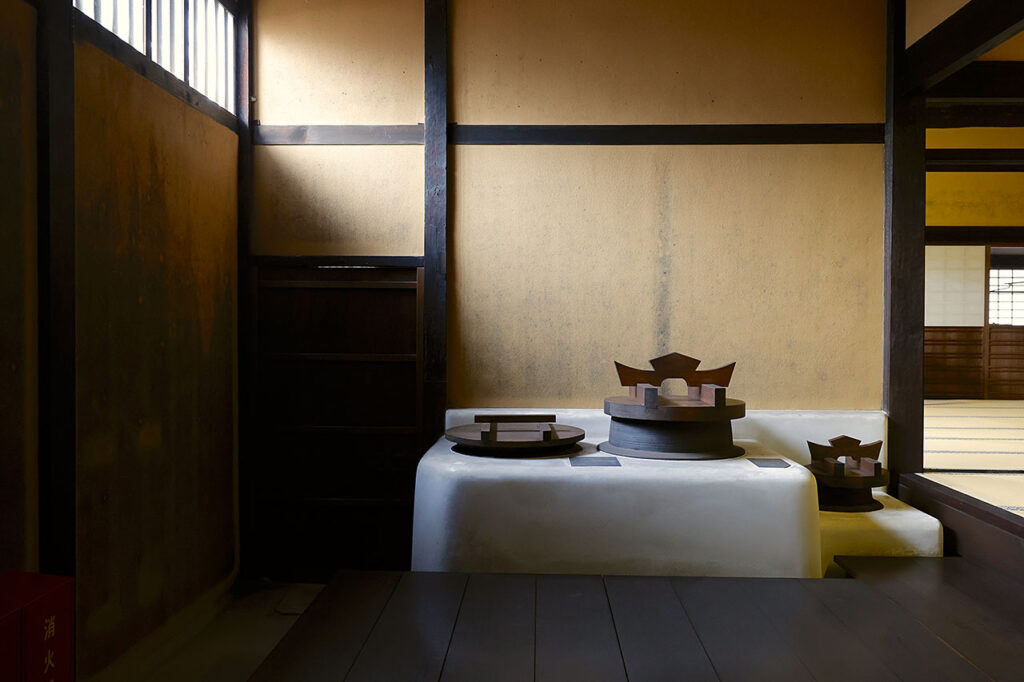
The oldest existing kori in a Zen temple.

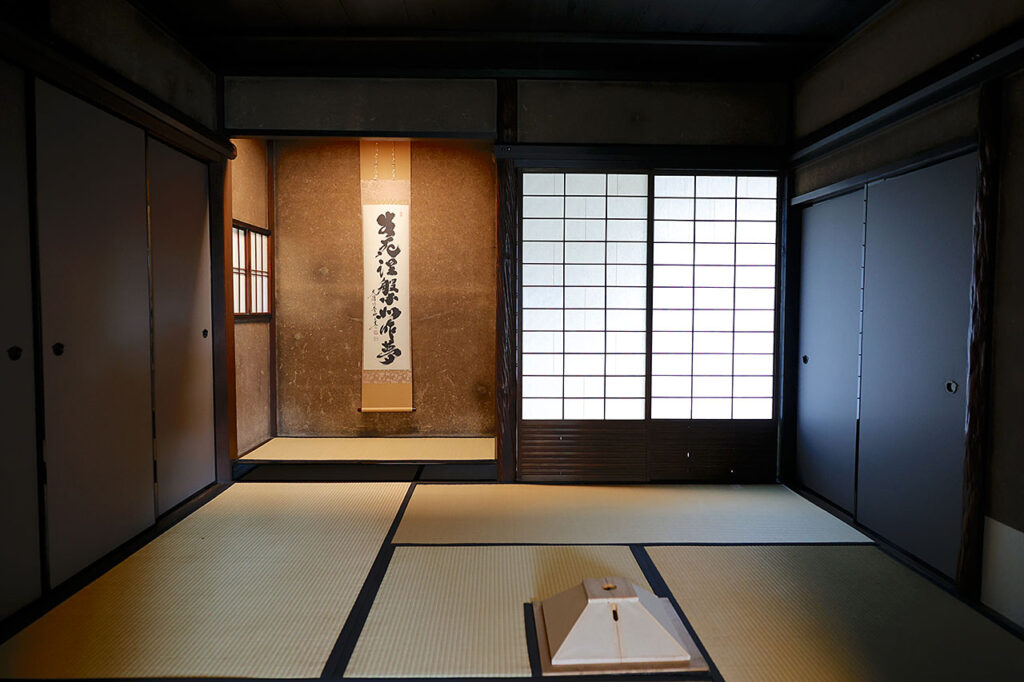
Gomuken, the oldest tea house in Hwangmei-in.

Over 600 interviews per year! An order site carefully selected by the editors who knows Kyoto and Shiga.
nowOfficial LINE friend registration500 yen OFF coupon is being issued!
Distributed every Friday morning at 8:00 am! From new restaurant information to event information that we want to share with you, We deliver articles about Kyoto that are useful to know. About 20,000 people have registered.Click here to add a friend!

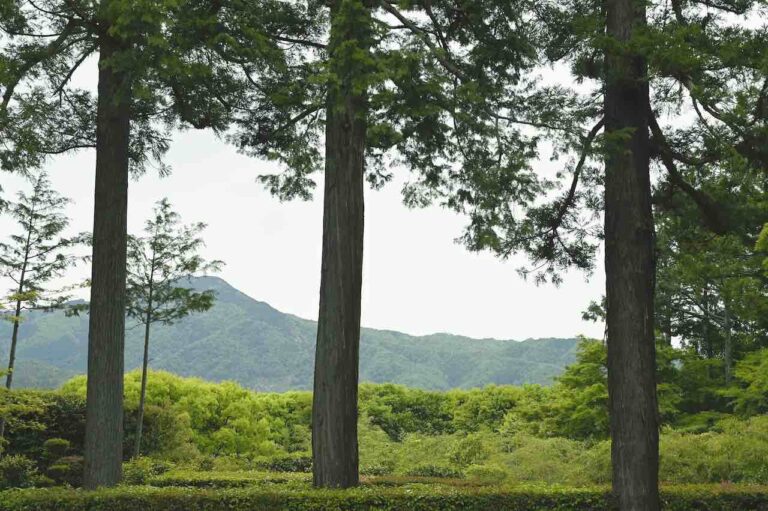
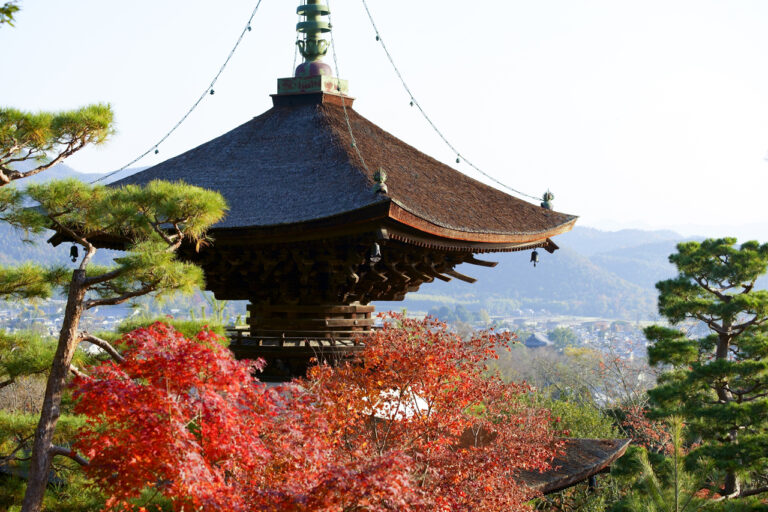
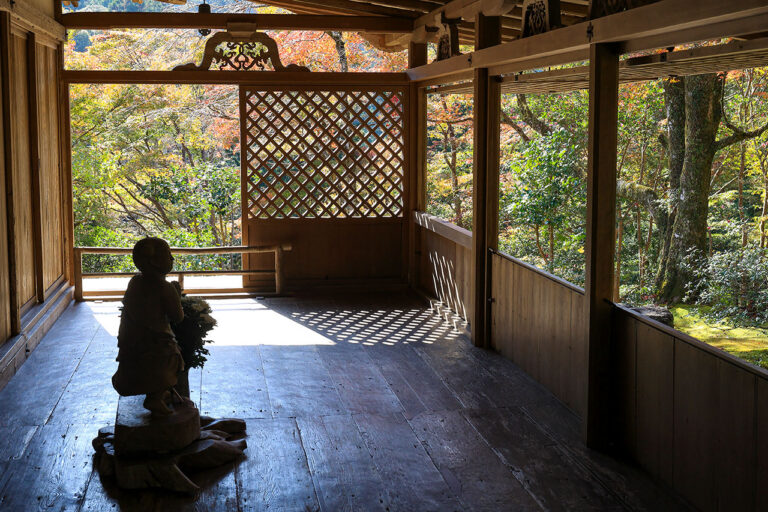
 News
News Feature article
Feature article Featured event
Featured event